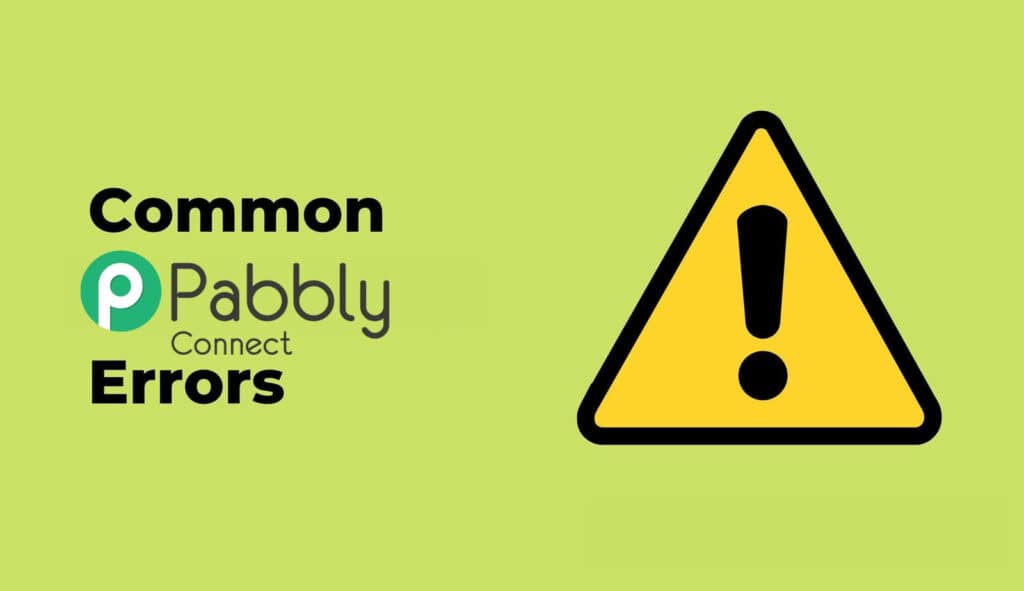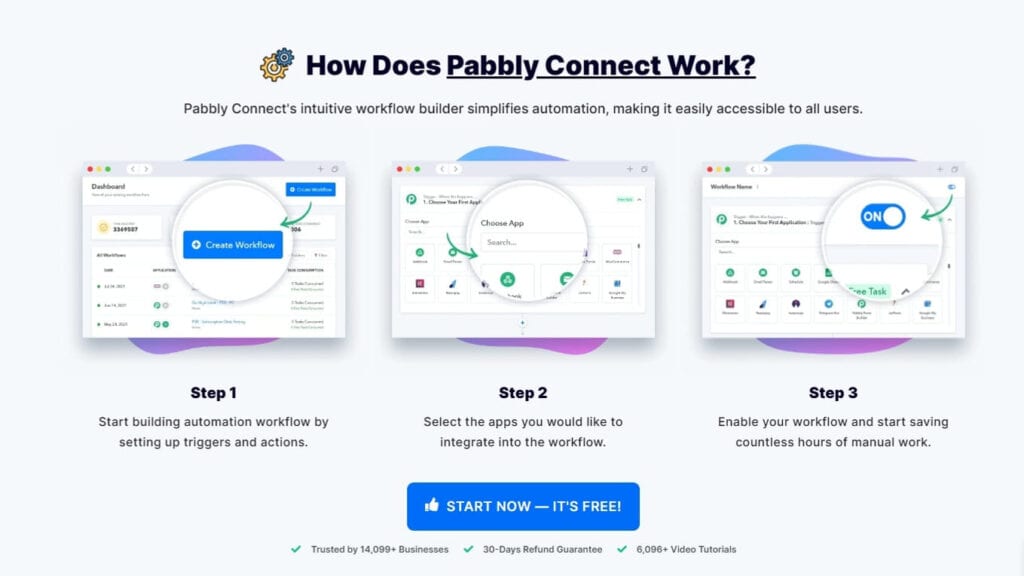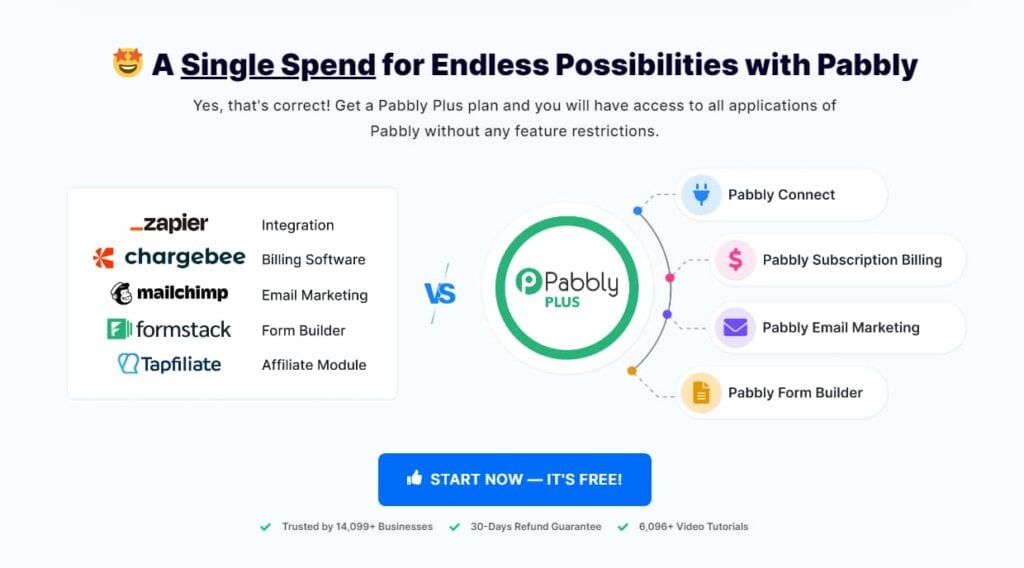Your website is down. The frustration? Real. The panic? Palpable. You find yourself staring at a blank screen, wondering, “Is this website down for good?” Before you throw in the towel, take a deep breath, and follow these top 5 steps to get your website back on its feet. Trust me, it’s not as hopeless as it feels. And yes, there are immediate recovery actions and long-term solutions that will save your sanity!
1. Verify the Downtime
First thing’s first: is your website truly down? Sometimes, it might just be an isolated issue. Here’s what you can do:
- Check other websites: Visit a couple of other sites to ensure your internet connection is not the culprit.
- Use a website down checker: Tools like Down For Everyone Or Just Me or IsItDownRightNow can confirm if it’s a global issue.
Your heart sinks. The checker confirms your worst fear. It’s official; your website is down. What next?
2. Identify the Cause
Understanding why your website is down can make a world of difference. Let’s explore some common causes:
- Hosting Issues: Sometimes, your hosting provider may experience outages or technical problems. Check their website for any announcements or updates.
- Domain Name Problems: Ensure your domain hasn’t expired and that your DNS settings are correct.
- Server Overload: If you’ve recently experienced a surge in traffic, your server might be unable to handle the load.
- Hacked Website: Sadly, websites can fall victim to hackers. If your site looks suspicious or you can’t access the admin area, hacking might be the reason.
Now, depending on the problem, you can take appropriate action.
3. Immediate Recovery Steps
So, you’ve identified the culprit. Here’s your action plan:
- Contact Your Hosting Provider: If it’s a hosting issue, reach out to their support team immediately. They might already be working on a solution.
- Check Error Logs: Your website’s error logs can provide insights into what went wrong. Look for any error messages or unusual activity.
- Restore a Backup: If you have a recent backup of your website, now’s the time to use it. Many hosting providers offer automated backups, so check with them if you’re unsure.
- Scan for Malware: If you suspect hacking, run a malware scan. Tools like Sucuri or Wordfence can help detect and remove malicious code.
4. Long-Term Solutions
Okay, your website is back up. But how do you prevent this from happening again? Here are some proactive measures:
- Reliable Hosting: Choose a hosting provider known for its uptime and reliability. Don’t skimp on this; it’s worth the investment.
- Regular Backups: Set up automatic backups so you can quickly restore your site if something goes wrong.
- Security Measures: Implement strong security practices, such as using secure passwords, updating software regularly, and installing security plugins.
- Performance Optimization: Optimize your website for performance to handle traffic spikes better. Use caching plugins and a Content Delivery Network (CDN).
5. WordPress Hacked Website Recovery and Cleaning
If your website was hacked, you must take additional steps to secure it. Here’s a comprehensive plan:
- Change All Passwords: Update your passwords for your hosting account, FTP, and WordPress admin.
- Remove Malicious Code: Manually or with the help of a professional, remove any malicious code from your files and database.
- Reinstall WordPress: Sometimes, a fresh installation can help eliminate lingering malware.
- Strengthen Security: Install security plugins like Wordfence or Sucuri to monitor and protect your site.
Remember, recovering from a hacked website is not just about cleaning it up but also about fortifying it against future attacks. It’s a marathon, not a sprint.
Conclusion
Is this website down? It’s a question that can send shivers down any website owner’s spine. But with the right steps, you can recover quickly and build a stronger, more resilient website. Verify the downtime, identify the cause, take immediate recovery actions, implement long-term solutions, and if necessary, follow a thorough hacked website recovery and cleaning process.
Your website is your digital storefront. Keep it secure, keep it optimized, and most importantly, keep it up!





